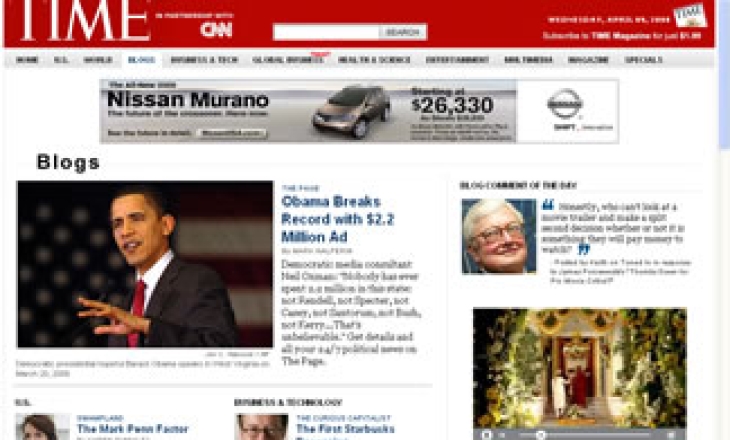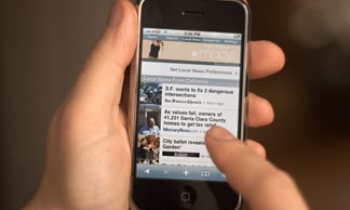From increased responsibilities to growing competition, the constantly evolving media landscape has created both challenges and opportunities for today's journalists in the US. Many journalists are having to expand their skill set and add "blogger" to their resumes. Moreover, reporters at newspapers across the country are finding that they have to fill an online news hole, as well as the traditional ink-stained pages.
These findings are from the just-published 2008 PRWeek/PR Newswire Media Survey.
Journalists across all media report that they are taking on more work. When asked what has affected their jobs the most over the past few years, 38.2 per cent say they are expected to contribute more to their title's online version.
"[The survey shows] that reporters [are] obviously writing a lot more for online, as well as for the traditional outlets. For a PR person, it [is] very encouraging; the possible hole [for reporters] to fill is much larger now," says Dave Armon, COO of PR Newswire. "So story ideas that don't make it into the [print] publication have a home not only on the online site, but possibly also on the reporter's own blog. And that just makes for a much more vibrant 24-hour news environment for anyone in media relations."
Of the 1,231 media members surveyed, 41.3 per cent work for newspapers; 29.5 per cent for print magazines; 9.3 per cent are in TV news; 8.2 per cent work for online magazines and news websites; 6.4 per cent are bloggers; and 5.4 per cent are employed at radio stations. The majority (58.3 per cent) work for outlets geared toward a consumer audience, while 26.7 per cent work for trade outlets.
As newspapers and other traditional media outlets rush to upgrade websites and add multimedia tools, reporters and editors are working more hours, some on staffs whittled away by buyouts and layoffs. Of the survey's respondents, 57.3 per cent report they are tasked with working more today than in the past few years, and 55.8 per cent say they are contributing to other mediums outside of their official duty.
The prevalence of news websites is forcing journalists to work more—and faster—than in the past. The fervent pace kept by bloggers—both amateur and professional—means reporters who have been filing dispatches at the same pace for decades now must work at a speed once reserved for wire correspondents, notes James Pindell, managing editor of Politicker.com and a former newspaper reporter.
More than two-thirds (67.3 per cent) of respondents from newspapers anticipate print circulation declines and increased focus on the Web at their publications over the next three years, while 41.1 per cent expect a shift in staffing from print to online. Additionally, 39.7 per cent of print magazine journalists expect circulation declines and Web growth and 24.2 per cent a shift in staff to online activities. Yet 38.2 per cent of newspaper staffers expect a reduction in staff over the next three years, while only 9.4 per cent of magazine journalists do.
Yet the survey indicates that bloggers themselves oppose joining the journalist ranks. More than half (53.2 per cent) do not consider themselves journalists, although just over one-half (50.6 per cent) of bloggers had previously worked for a traditional publication. When asked if they expect to work for a large media company someday, 55.7 per cent of bloggers say no, while 74.7 per cent say they don't expect their blog to be acquired by a media company.
As the media landscape is changing, so are the tools journalists use to do their jobs. Not surprisingly, the Internet has had the biggest effect. When asked how they acquire information about a company, journalists cite company web ites (89 per cent), Google (73.8 per cent), emailed press releases (72.7 per cent), and conversation/personalised email from a PR person (70.9 per cent). Nearly half (49.5 per cent) use newswires, while only 13.9 per cent report that they use RSS feeds.
Journalists are also turning to social networking sites and blogs to supplement their news coverage or find sources. Of those surveyed, 25.5 per cent say they have a profile on MySpace, 29 per cent are on Facebook, and 32.3 per cent are on LinkedIn. While only 8.4 per cent say they "always" use blogs for research, more than 36.5 per cent say they use them "sometimes." In addition, 57.7 per cent report using blogs to measure sentiment, 38.7 per cent for finding subjects, and 29.5 per cent for searching industry experts.










